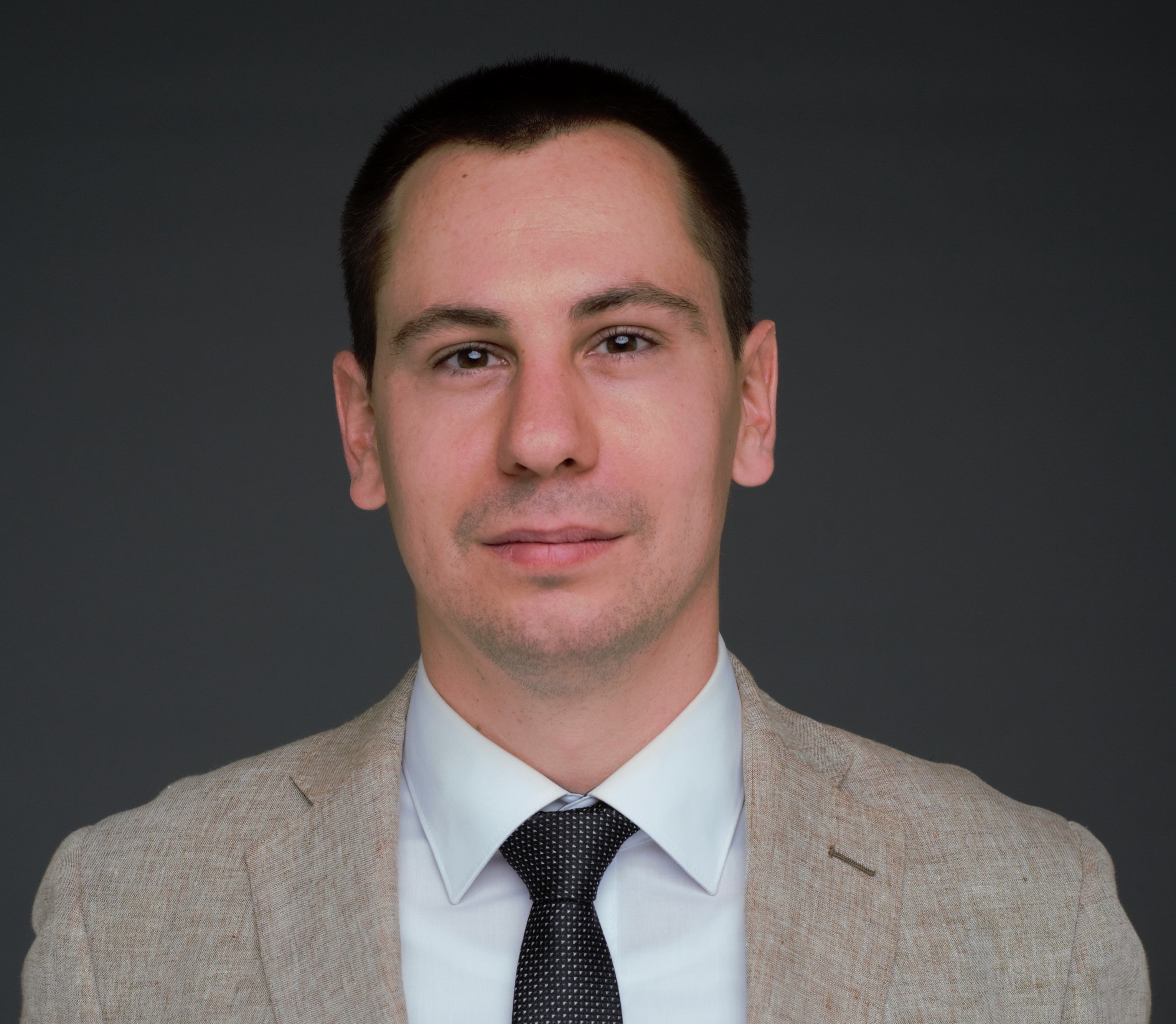Finding the Real Fatigue Strength
Overview
Precise prediction of service life for our engineering structures becomes more and more critical as we continuously search for efficient use of the material, space and mass. Engineering structures are known to be susceptible to material fatigue, which is the leading cause of mechanical in-service failures and therefore, a first-order design goal to avoid. Generally, fatigue strength is calculated with the post-processing of the local stresses and strains from an FEA simulation using various guidelines, standards, software and material databases.
This webinar looked at the effect of factors outside of the engineering office. The focus was on the influence of surface conditions, which are unique for each casted component and additive manufactured part. These specific surface conditions have a significant impact on the real fatigue strength.
In this exclusive member webinar, Márton Gróza from NAFEMS Eastern Europe Team presented the results and experience of a joint industrial-academic research program conducted on nodular cast iron components. The field of defect induced fatigue was also introduced, including the Kitagawa diagram, fracture mechanics and notch fatigue concepts.
Note: The presentation and recording are only available to NAFEMS members.



